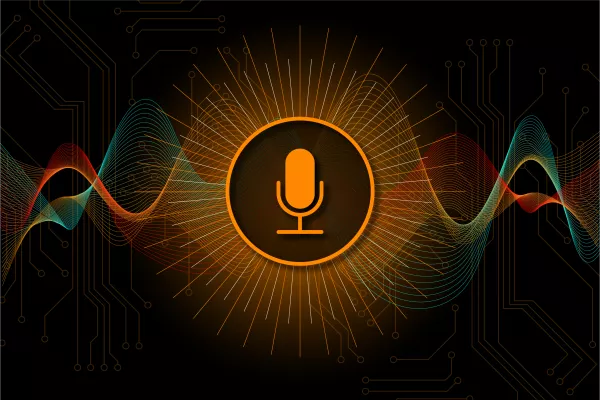In this article, we will explore the benefits of voice commands, provide examples of their use, and discuss how AI will shape the future of this technology.
Why use Voice Commands:
Hands-Free Operation:
Voice commands allow users to interact with their PCs without the need for physical input devices such as keyboards or mice. This is particularly useful for individuals with mobility impairments or those who prefer a more natural and intuitive way of controlling their devices.
Increased Productivity:
Voice commands can significantly enhance productivity by enabling users to perform tasks quickly and efficiently. Whether it's opening applications, searching the web, or composing emails, voice control eliminates the need for manual input, saving valuable time and effort.
Accessibility:
Voice commands provide an inclusive computing experience for individuals with disabilities. By offering an alternative input method, voice control ensures that everyone can access and utilize the full functionality of their Windows PC.
Examples of Voice Command Use on a Windows PC:
Opening Applications:
Instead of manually navigating through menus or clicking icons, you can simply say "Open [application name]" to launch your desired program. For example, saying "Open Microsoft Word" will start the Word application.
Web Browsing:
Voice commands can streamline web browsing tasks. You can instruct your PC to open specific websites, perform searches, or navigate to specific pages. For instance, saying "Search for the best restaurants near me" will initiate a web search for nearby dining options.
Controlling Media:
Voice commands allow you to control media playback on your PC. You can play, pause, skip tracks, adjust volume, and even request specific songs or albums using voice prompts.
Setting Up Voice Control on a Windows PC:
Enable Speech Recognition:
In Windows 10 and 11, you can enable speech recognition by going to Settings > Privacy & Security > Speech and turning on Online speech recognition. This allows your PC to understand and respond to voice commands.
Train Your PC:
To improve accuracy, it's recommended to train your PC to recognize your voice. This can be done by following the on-screen instructions in the Speech Recognition control panel. The more you use voice commands, the better your PC will become at understanding your speech patterns.
The Future of Voice Commands and AI:
As AI continues to advance, voice commands on PCs will become even more powerful and intuitive. Here are some ways AI will impact this function in the future:
Enhanced Natural Language Processing:
AI algorithms will improve the ability of PCs to understand and interpret natural language commands, making voice control more accurate and responsive.
Contextual Understanding:
AI-powered voice assistants will develop a deeper understanding of user context, allowing for more complex and personalised interactions. For example, a PC could anticipate your needs based on your previous commands and adapt its responses accordingly.
Integration with Smart Home Devices:
Voice commands on PCs will seamlessly integrate with smart home devices, enabling users to control their entire ecosystem through a single interface. You could, for instance, adjust your thermostat, dim the lights, and play music on your PC using voice commands.
Conclusion:
Voice commands have revolutionised the way we interact with our PCs, offering a hands-free, efficient, and accessible means of control. With the continuous advancements in AI, voice control will become even more powerful, intuitive, and integrated into our daily lives. As we embrace the future of technology, voice commands will play a vital role in shaping the way we interact with our Windows PCs and the digital world around us.
It won’t be long before everyone of us will have our very own Tony Stark J.A.R.V.I.S – Cool.







